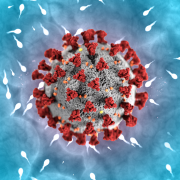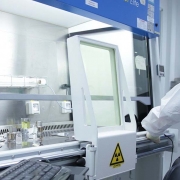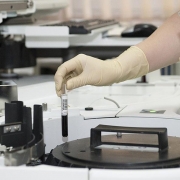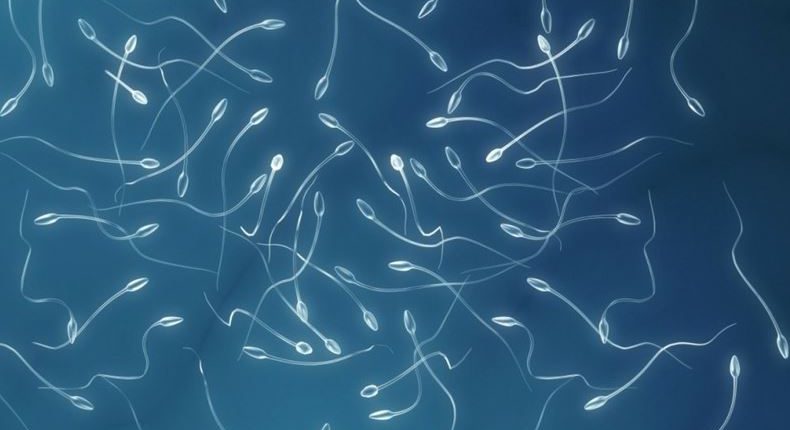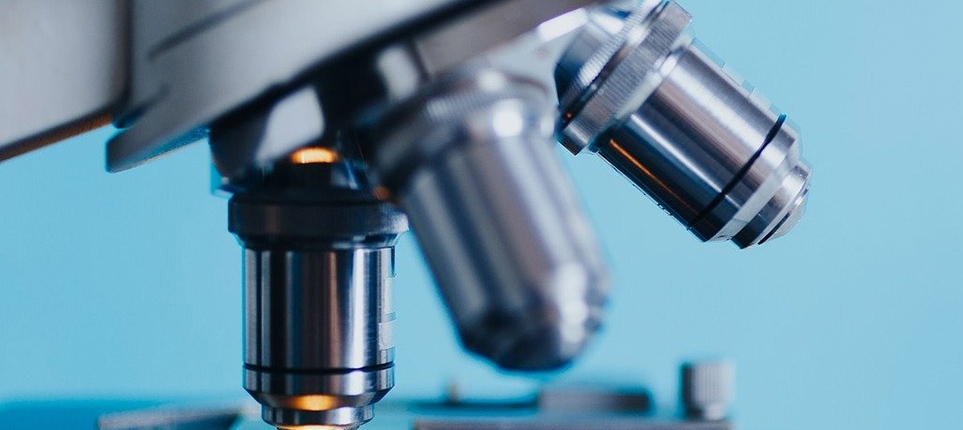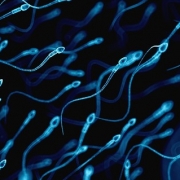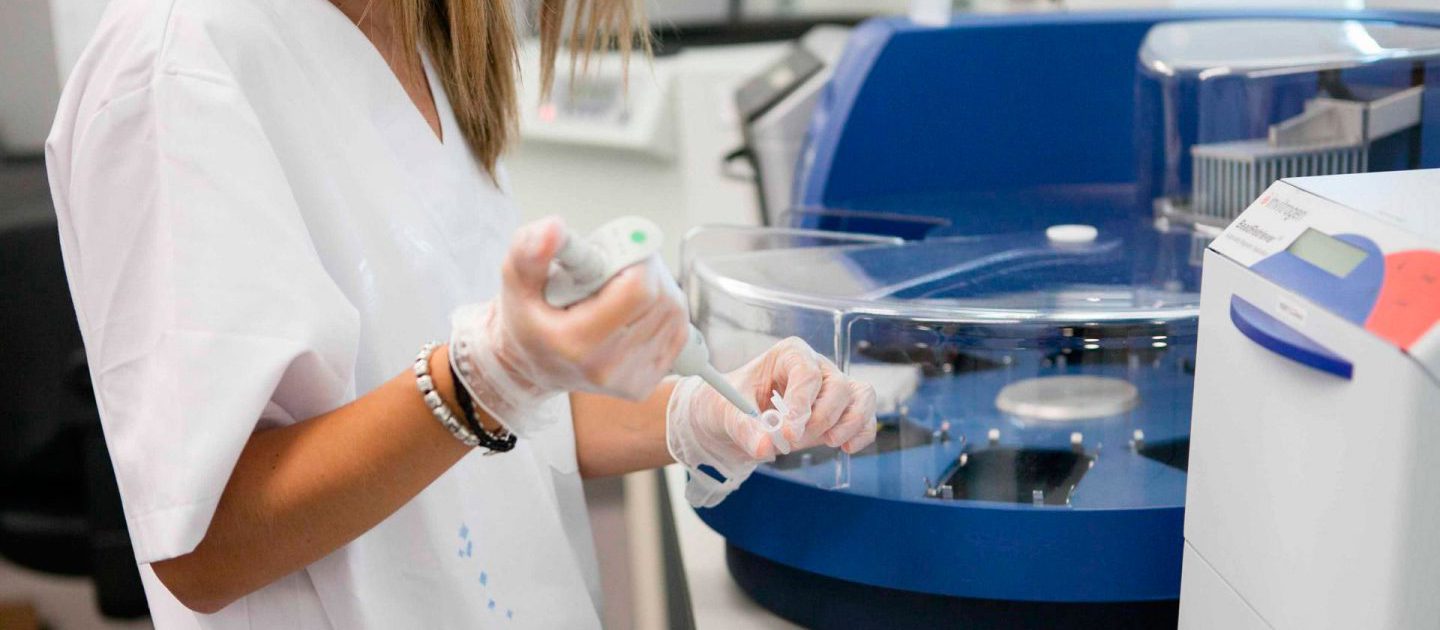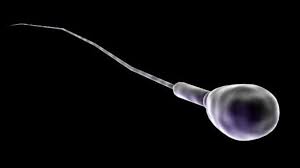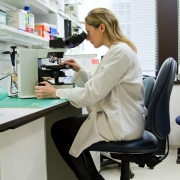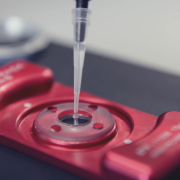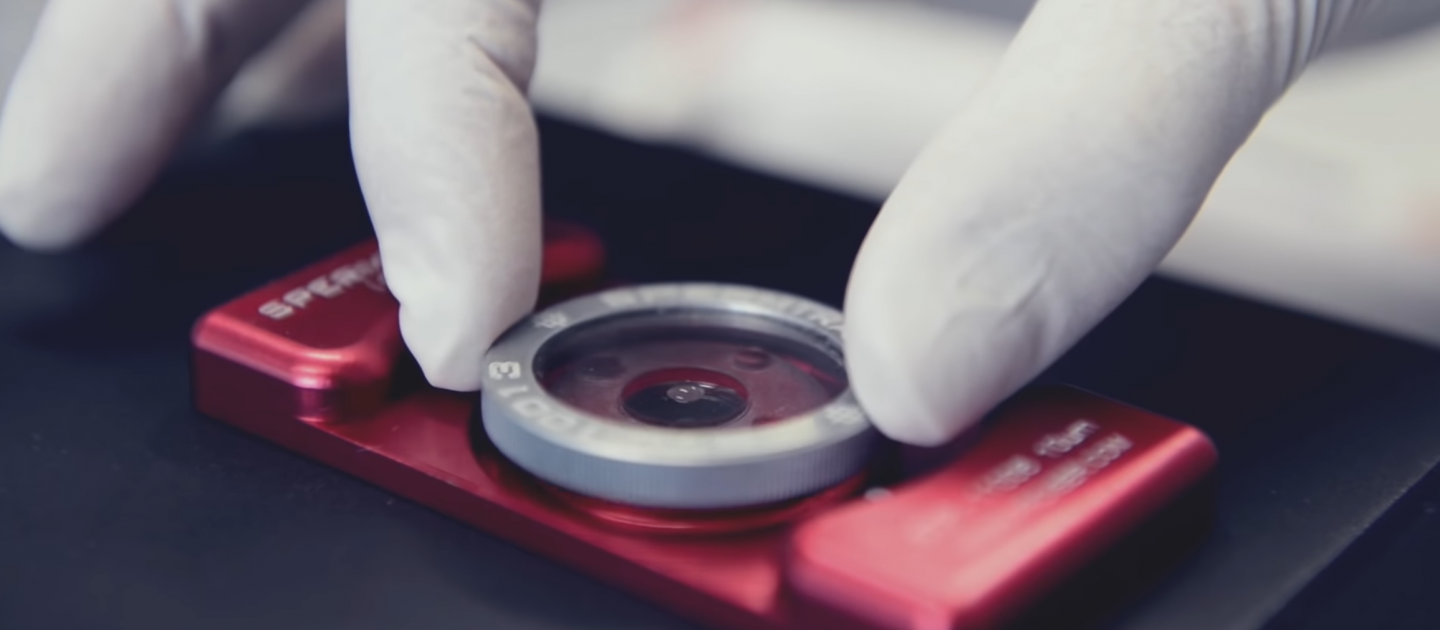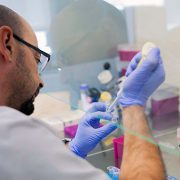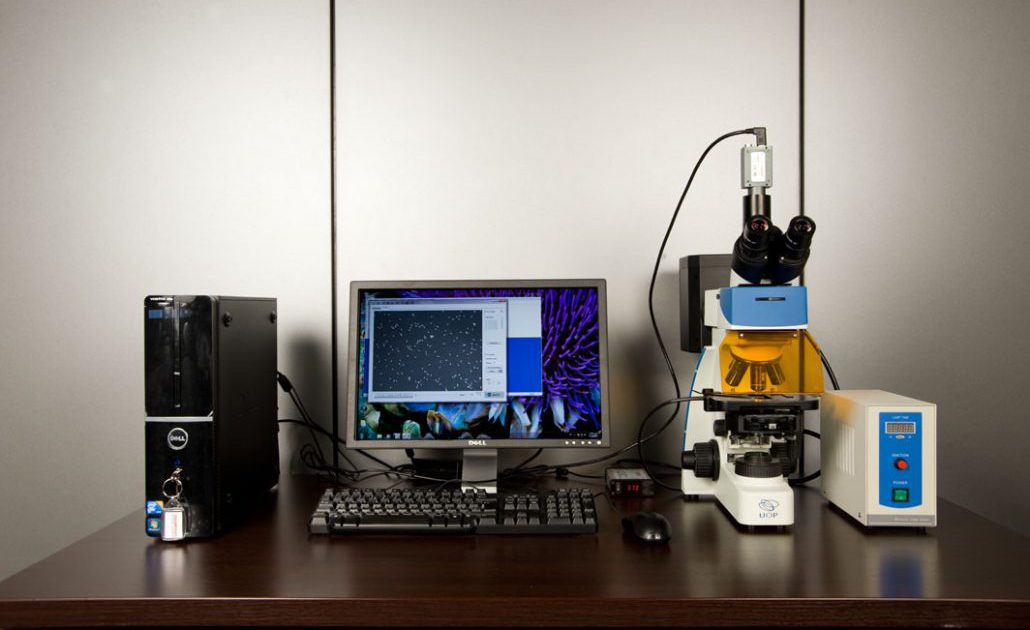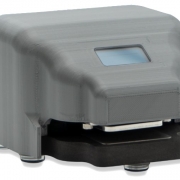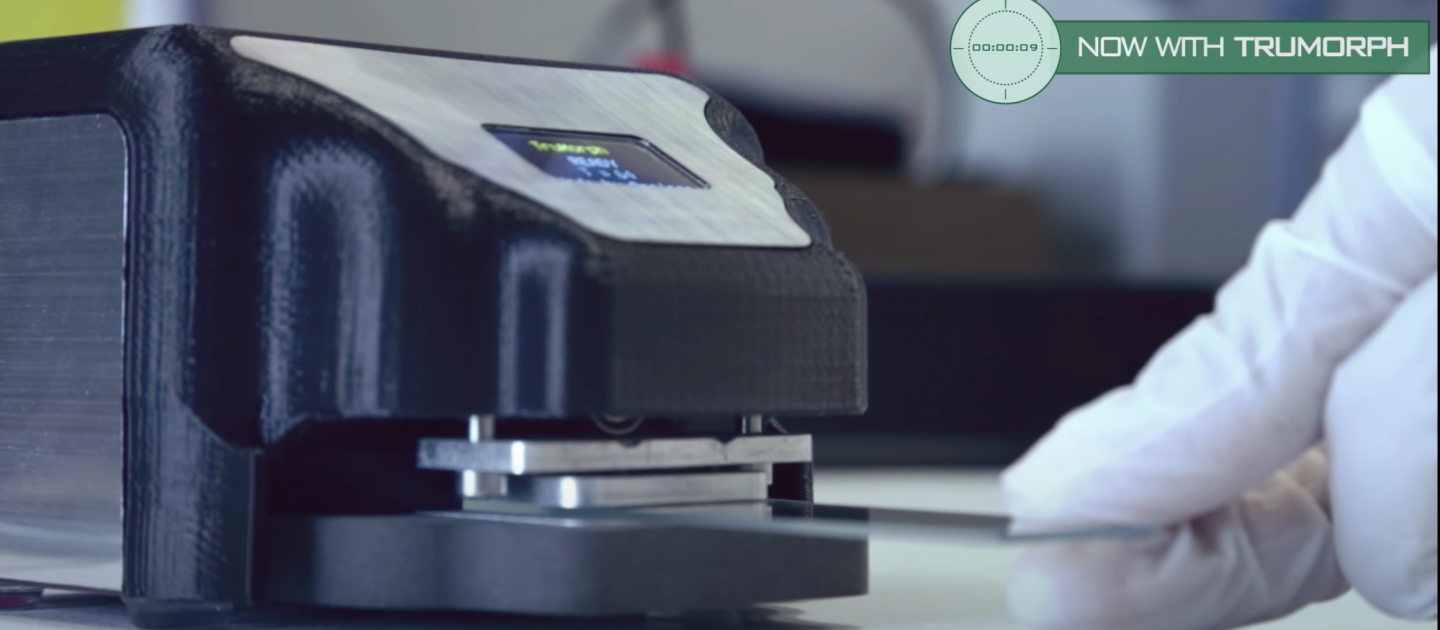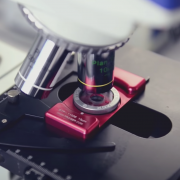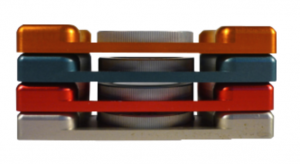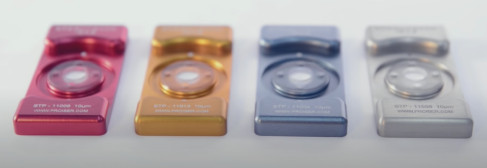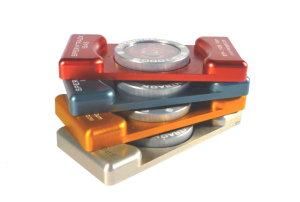Coronavirus Discovered in Semen of Patients
A few days ago we knew a news item about Covid-19. It alerted us to the extent of the pandemic we are currently experiencing: remains of coronavirus are discovered in the semen of infected patients. It has not been related to its spread, but that alerts those of us who work in the field of human reproduction. Hence, at Proiser we have chosen to dedicate a post on our blog to this topic.
Although the information has been published in an American magazine, in Spain we have heard about them thanks to the ABC newspaper, which has published part of its results.
Coronavirus Discovered in Semen of Patients
According to a study published in the prestigious scientific journal “JAMA Network Open”, the coronavirus could persist in men’s semen. Even after they have begun to recover from this infection.
This finding increases the possibility that the virus is transmitted sexually. But it has not been proven with total certainty. And it seems that, according to different investigations, once SARS-CoV-2 enters the human body, it reaches many beyond the lungs . Hence it has been found in the kidneys, heart, liver, and gastrointestinal tract. To which now we must add the semen, so it also reaches the reproductive system.
These findings do not mean that the virus can be transmitted sexually through contact with semen. But they do mean that this possibility should be considered as a new form of transmission.
Studies on coronavirus in semen
The studies that serve as the basis for this research have been conducted in China. The one of this work that has been disseminated is, in particular, the one that has been developed in the Municipal Hospital of Shangqiu. The place where they evaluated 38 male patients treated between January and February of last year 2020, at the peak of the incidence in that country. This work team detected SARS-CoV-2 in the semen of six of the male participants.
Of these, four patients were experiencing COVID-19 symptoms at the time, and two had recently recovered. What warned about the incidence of the virus and its ability to search for new ways of spreading.
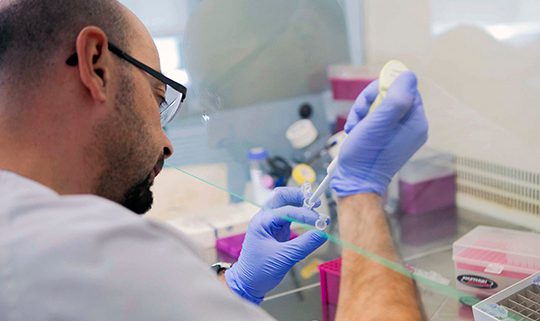
Ability to transmit infections?
The detection of SARS-CoV-2 genetic material in the semen of men infected with the virus does not prove that these particles of it are capable of transmitting infections. As stated in the aforementioned article in the “Jama Network Open magazine”: «We discovered that SARS-CoV-2 can be present in the semen of patients with COVID-19, and that it can be detected in the semen of patients in recovery”.
Next, it adds: “Even if the virus cannot replicate in the male reproductive system, it can persist, possibly as a result of the privileged immunity of the testes.”
This work contradicts other similar studies. This is the case of the one that appeared in “Fertility and Sterility” before. It was made after studying 34 men in the town of Wuhan. They did not detect the virus in patients a month after their diagnosis of Covid-19.
In any case, from Proiser we will continue to be attentive to the development of these investigations. Adapting our work protocols at all times to the findings that occur in this regard. News that we will share with all of our users.

